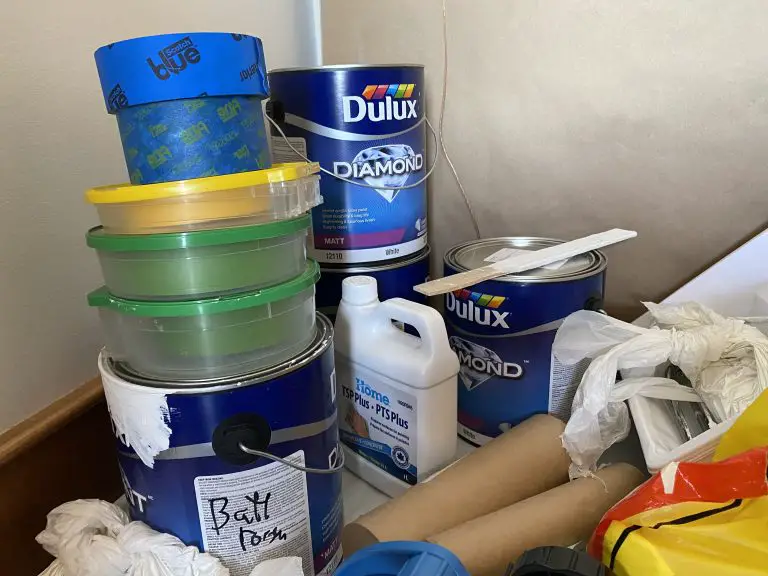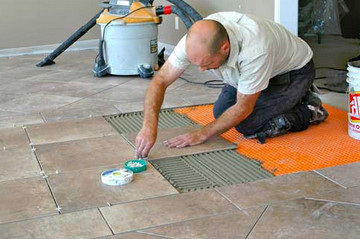What’s the best way to insulate and finish a basement cold room so it’s as warm and cozy as the rest of the basement? Right now this space is useless because it gets cold enough in winter to freeze food, and too warm in summer to store produce. The room currently has exposed concrete block walls and a vent to the outdoors.
Most under-the-steps cold rooms in Canada don’t work for food storage, though they can be upgraded to work surprisingly well. If what you really want is a cold room that actually works, download a copy of my cold room retrofit upgrade plans.
If what you really want is a warm and finished space, the process involves the same construction practices used for finishing basements in all cold climates. The first and most important thing is that the area be reliably dry all year round. Don’t do any sort of finishing if even the tiniest bit of water trickles in only once every year or two. Next, close and seal the vent near the ceiling, then settle on an insulation strategy. Since most cold rooms extend underneath the front steps, you’ll need to insulate both the ceiling and the walls. I recommend extruded polystyrene foam here, at least 2″ (50mm) thick), with no stud walls. My favourite foam finishing option has grooves along the edge of each 2×8-foot sheet for wooden anchoring battens. These hold the foam to the wall while also providing an anchoring surface for whatever wall and ceiling board you’re planning to install.
Install some kind of subfloor panel on the concrete before putting down finished flooring. Cold rooms are small enough that you won’t need to reroute any heating or cold air ducts. Normal circulation through the open or vented door will distribute basement heat to your new space perfectly.












